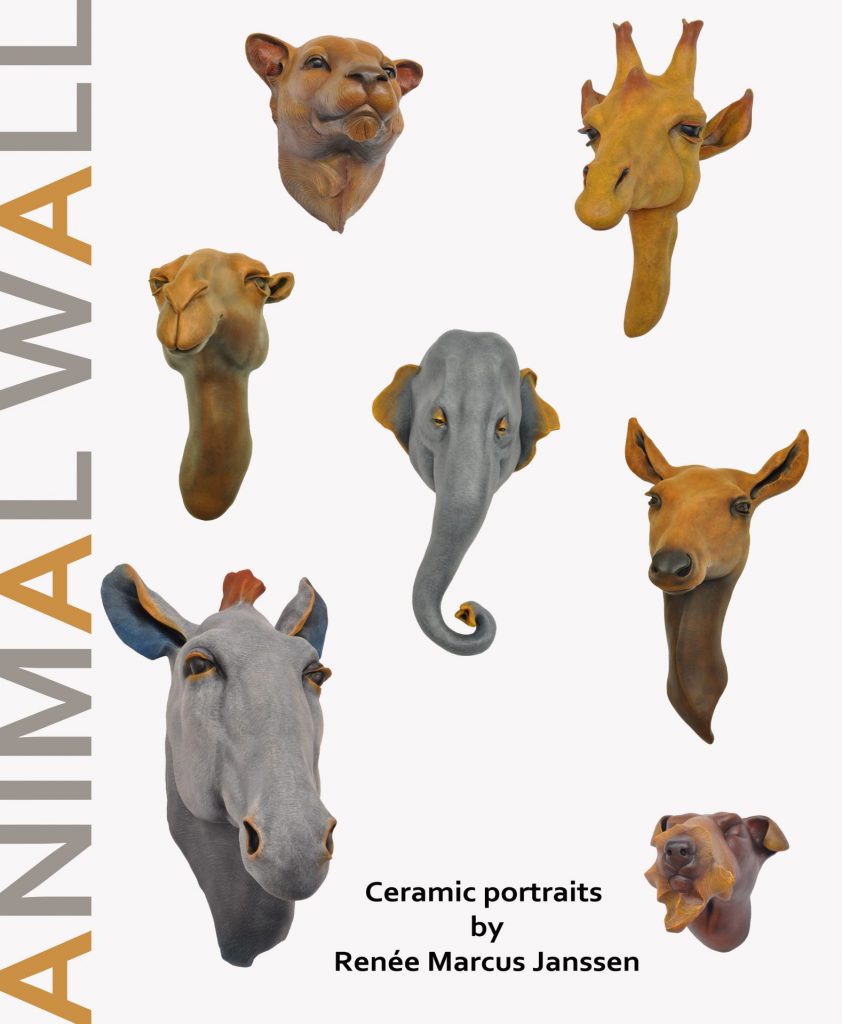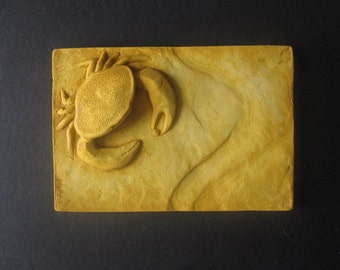
It will be covered with plaster wrap then painted a base coat of acrylic paint and finish designs (patterns) using paint and sharpies. Your “creature” will have an armature (base) made from wire and foil or newspaper and masking tape. Project: Oaxacan Animal Sculpture- AlebrijesĪssignment: Create a whimsical creature based on the Oaxacan Wood carvings. It usually has a wire frame and then is covered in newspaper, aluminum foil or clay to give volume.īook: Miguel and the Amazing Alebrijes (Disney/Pixar Coco) Paperback An armature is the skeleton of your sculpture.Visual Rhythm is created by repeating the elements of art.Each piece is hand-sanded and painted in bright and exciting motifs (patterns).VIDEO: Bless the Beasts: Animal Woodcarvings from Oaxaca.The women paint them using very tiny paint brushes and sometimes-organic material such a pine needles.Artists use machetes for the initial cuts to form the basic size & shape of the animal, then move to smaller tools (knives & chisels) to refine the shape.Traditionally the men carve the forms (using subtractive sculpting techniques).The “copalillo” is a tree that grows in warm regions of Oaxaca.Each of the wooden sculptures are hand-carved from the wood of the Copal (or Copillo) tree.The wood carving techniques and artistic capacity of the Zapotec Indians are legendary, honed over hundreds of generations.Oaxacan painted wood carvings are created by the Zapotec Indians who live in the Oaxaca Valley.This adaptation was pioneered by Arrazola native Manuel Jiménez. The Oaxaca valley area already had a history of carving animal and other types of figures from wood, and Linares’ designs were adapted to the carving of a local wood called copal. Linares was originally from San Antonio Arrazola, Oaxaca, and on family visits, demonstrated his designs there.After dreaming the creatures while sick in the 1930s, he began to create what he saw in cardboard and papier mache.

The first alebrijes, along with use of the term, originated with Pedro Linares. From Wikipedia: Alebrijes (Spanish pronunciation: ) are brightly colored Mexican folk art sculptures of fantastical creatures.


Oaxacan painted wood carvings have become a prized folk art. Oaxaca, pronounced wa-HAH-ka, is one of Mexico’s largest states and its folk art and traditions are among the richest.Materials Needed:Įxamples of Oaxacan animal carvings Alebrijes Sculpturesįor Older students: Galenized Wire, newspaper or phone book papers or tin foil, Masking tape, Plaster gauze (class pack) or paper mache recipes, Acrylic Paint ( Craft paint) or Tempera Paintįor Younger students: Model Magic, To Paint: Tempera or Acrylic Paints, Paint Brushes, MarkersĪffiliate links-I only recommend products I use and love! Delivery: Demonstrate appropriate use of an armature to create 3D form.Demonstrate proper techniques for sculpting 3D art forms with plaster wrap.Apply the use of visual rhythm through pattern.Understand the traditional gender’s role in creating alebrijes.Gain appreciation for other cultures through observing sculptures of the Oaxaca, Mexico region.Increase students’ awareness of South American art forms called alebrijes.Here is how we did the project… Objectives: My 7th grade art class just finished making these Oaxacan Animal Sculptures.


 0 kommentar(er)
0 kommentar(er)
